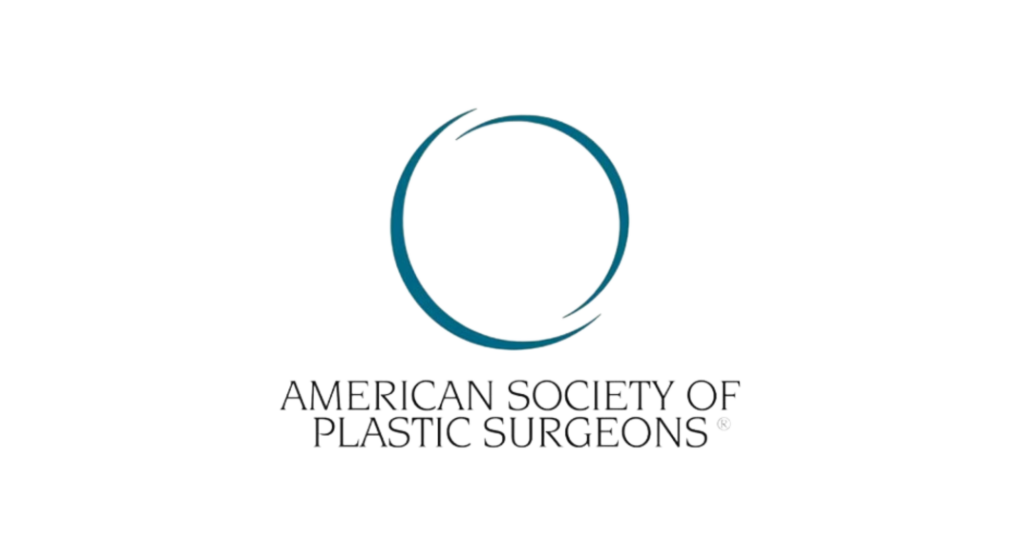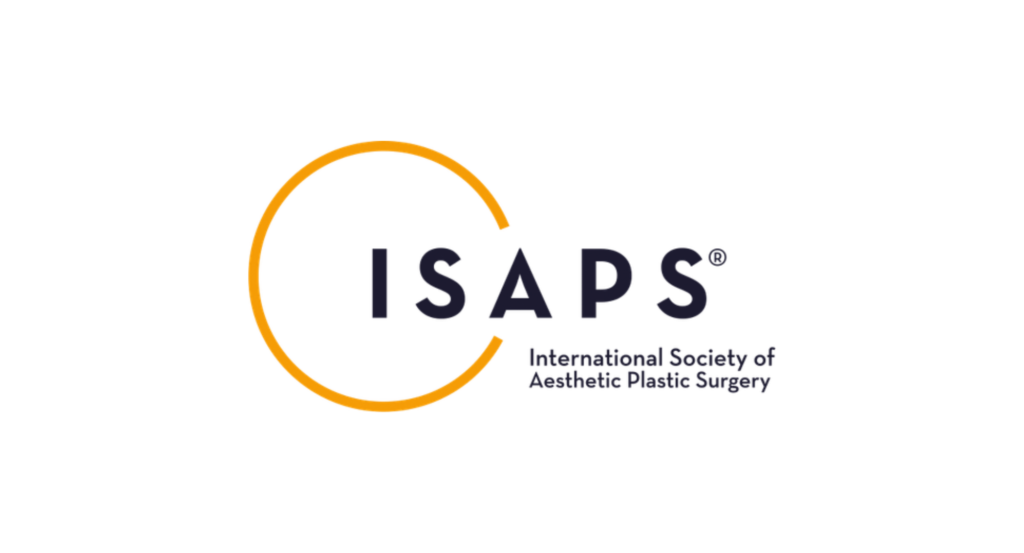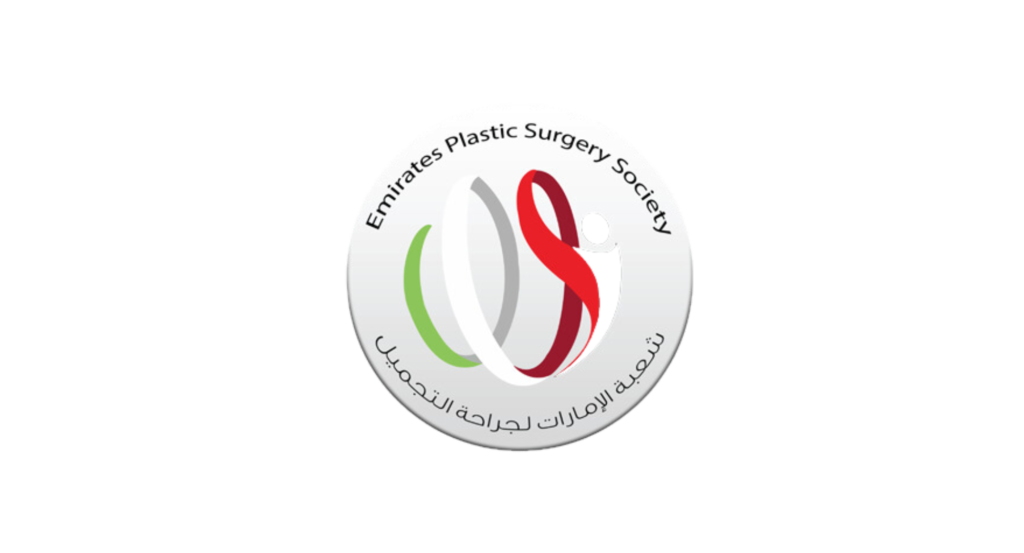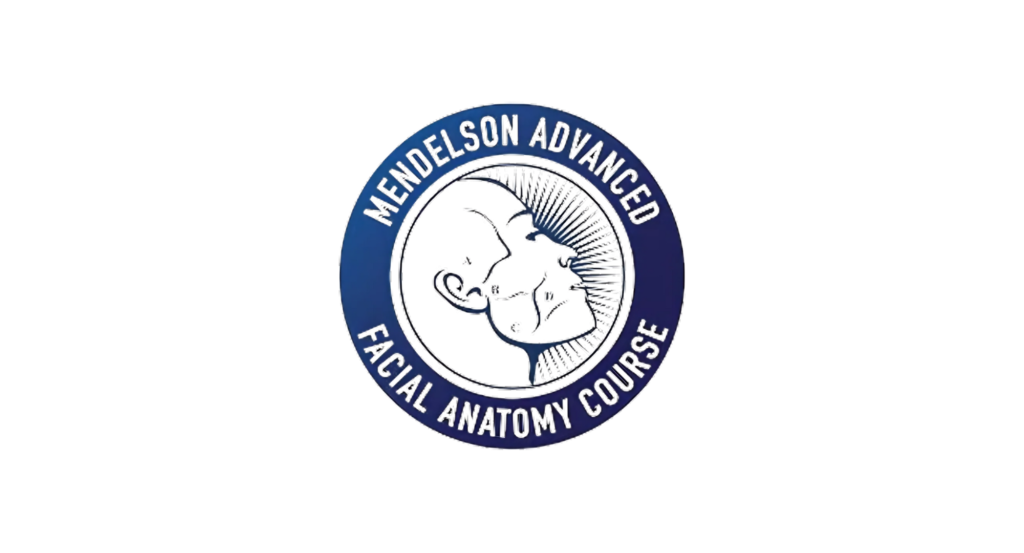Fat grafting in Dubai
Fat grafting — also referred to as fat transfer — is a surgical process done by an experienced plastic surgeon where fat is removed and transferred from one part of the body to another. The overall goal is to improve the area where the fat is injected.
Surgeons extract adipose fat by liposuction. They then process the fat before reinjecting the purified fat into the area that requires improvement.
One of the biggest advantages of fat grafting is that you use your own fatty tissues rather than foreign body injectables or objects. Some people’s bodies may reject such foreign materials, but since you’re using your own fatty tissues, your body will have been used to them. This means that there are few to no instances of the body rejecting the additions.
Moreover, fat grafting provides much longer results than fillers, which may only last months to a few years.
QUICK FACTS
Anesthesia
General Anesthesia
Procedure Type
Surgical
Duration
2 Hours
Recovery Period
Two Weeks
About Tarek Bayazid
One of Dubai’s premier plastic surgeons known for his exemplary work especially in facial rejuvenation and body contouring.
Dedicated to excellence in health & beauty, Dr.Tarek Bayazid provides a wide selection of the most sought-after aesthetic procedures of today. His patient-focused approach, as well as his dedication to being at the forefront of his expertise, has resulted in unsurpassed outcomes for his clients.
Whether you are seeking non-surgical enhancement, or a full menu of surgical procedures, Dr Tarek Bayazid will deliver and execute a plan that impacts the quality of a patient’s life.
After receiving his MD from Belgrade University, Dr. Tarek Bayazid completed his plastic surgery residency at Clinical Center of Serbia. He trained under many notable plastic surgeons in Europe.
What Dr Tarek’s Clients say on
Google Reviews
Where does fat grafting work?
The aesthetic indications for undergoing fat grafting include sunken cheeks, deep grooves running down from the corners of the nose to the mouth, filling in under-eye bags, plumping the chin and cheeks, etc.
Besides increasing the target area’s volume, fat grafting replenishes nutrients and blood supply to the skin, which results in a healthier and more youthful appearance.
While one of the most popular areas for a fat transfer is the face, other parts of the body can also benefit from the procedure. These other areas include:
You can also opt for fat grafting in Dubai to treat scars or any other abnormal depressions or dimples in the body.
It should be noted that fat grafting or transfer is not a treatment for obesity. Moreover, this is not a weight loss program and the ideal candidates are those in good health and get moderate exercising. Moreover, they are also within a particular range of their BMI.
Fat grafting is only to be used to complement and enhance other efforts to achieve the desired appearance, mostly from dieting and exercising
What to expect during fat grafting
Fat transfer is a pretty straightforward procedure and it is mostly outpatient, meaning that you do not have to spend the night on the day of the surgery. Local anesthesia is most likely to be used during the procedure. However, you may also opt for IV sedation, although this will require extra clearances from your doctor.
Your surgeon extracts the necessary amount of fat through one or several tiny incisions. The aspirated fat is then processed by centrifuging, filtering, or rinsing. The purified fat is then reinjected into the body, on the target areas through even distribution.
What to expect after fat grafting
Fat grafting is generally a safe procedure without any known adverse effects, as long as it is done by a licensed and well-experienced plastic surgeon. You will experience local bruising as well as swelling at both the donor and recipient areas. You may also experience some minor to moderate pain for a few days.
Patients are usually able to resume their normal activities 1 – 3 weeks after their surgery. However, it is highly advisable to stay away from strenuous activities that may hinder your recovery process.
Looking for the best fat grafting surgeon in Dubai? Look no further than Dr. Tarek Aesthetics. Our highly experienced team will be with you every step of your journey to achieve your desired body.







